Ancient Psychedelia: Alien Gods & Mushroom Goddesses
Online Book - Chapter 10, Page 154
Back to Online Book Mainpage / Next Page (Chapter 10, Page 155)
“Drug measurement was not as primitive as one might think. They had balance scales, but drug measurements were usually done by estimating volume. The quantity ro was a mouthful and delivered with a spoon. A ‘tablespoon of medicine’ remains a popular prescription. It’s no coincidence that the symbol for ‘ro’ looks like a mouth.” (37) A relief from a mastaba tomb wall, Meidum, Egypt, c. 2613 - 2494 BC, depicts what might be the prescribed medicine for many illnesses. There’s a mushroom on the ground and it appears another mushroom is also being served (35f).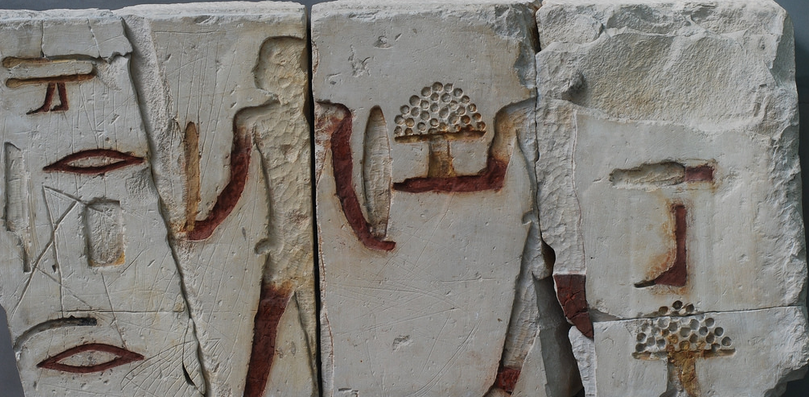 (35f) Relief from a mastaba tomb wall, Meidum, Egypt Old Kingdom Period, 4th dynasty c. 2613 to 2494 BC Ankh, Djed, Was and Wedjat Symbols The symbol of the Ankh is said to have originated during the early Dynastic period (c. 3150 - 2613 BC) and is the Egyptian hieroglyph for “life” and the “breath of life.” Experts’ explanations for the ankh have ranged from a sandal to a belt buckle. The ankh has several shapes, some of which the public is far less familiar with and which look much more like mushroom symbols. There are the more familiar shapes (37b, c). The ankh may also be symbolized in the form of a body such as the “Isis Knot” or “Isis Girdle,” also known as the “Tyet” (37f). 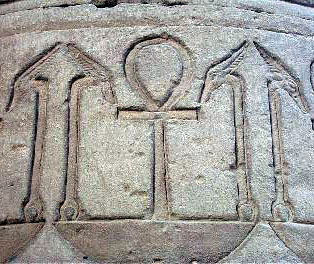 R: (37c) Djed within Ankh & Was British Museum |
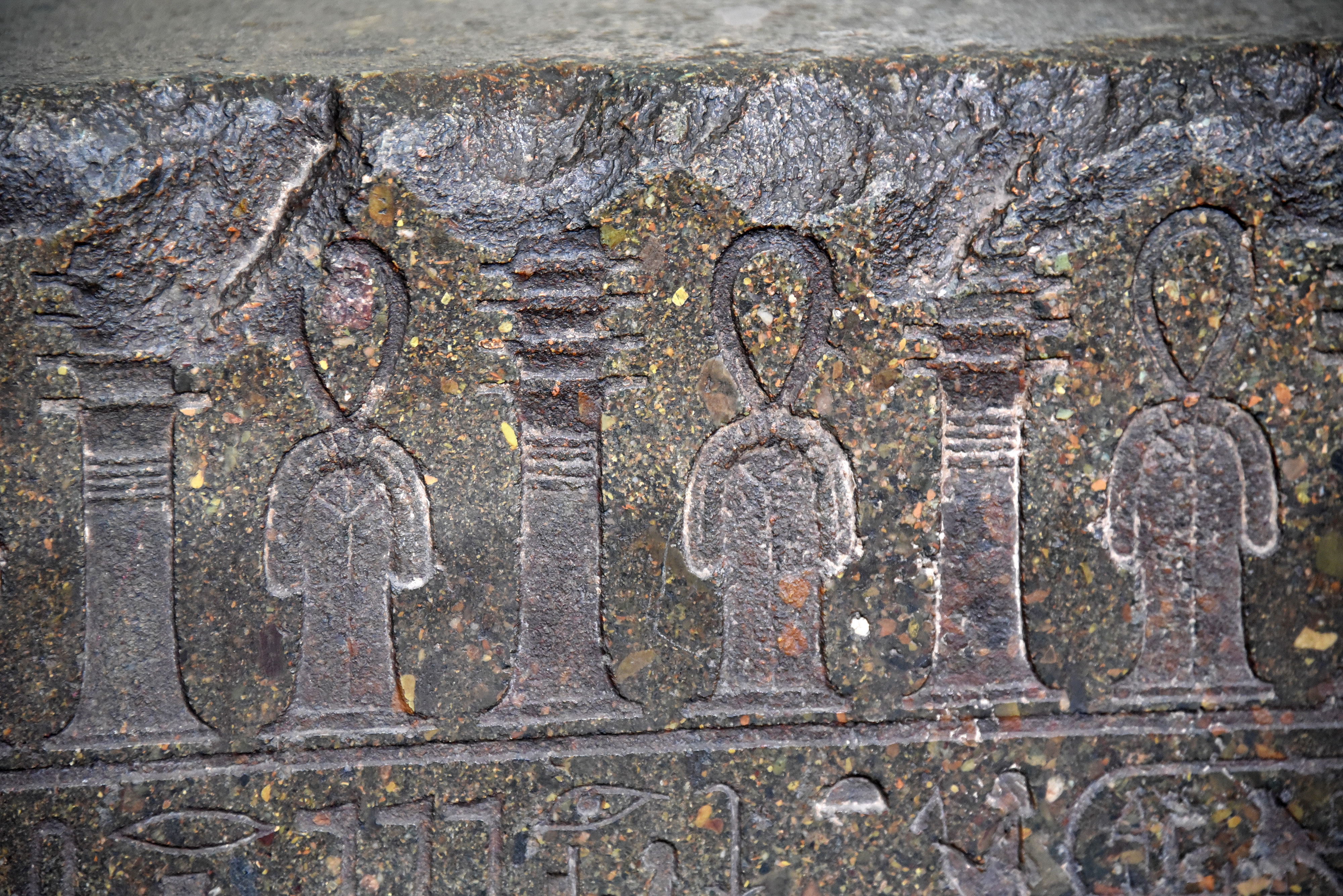 (37f) Egyptian Pharaoh Nectanebo II Sarcophagus with Djed and Tyet c. 360-343 BC Sometimes the vulture goddess Nekhbet (Nut) is delivering the ankh solo (31a) and sometimes she is feeding it to an “initiate,” as shown in a relief of Amenhotep III in his chariot (31b). This type of imagery lends itself to the idea that the ankh is a food of sorts. 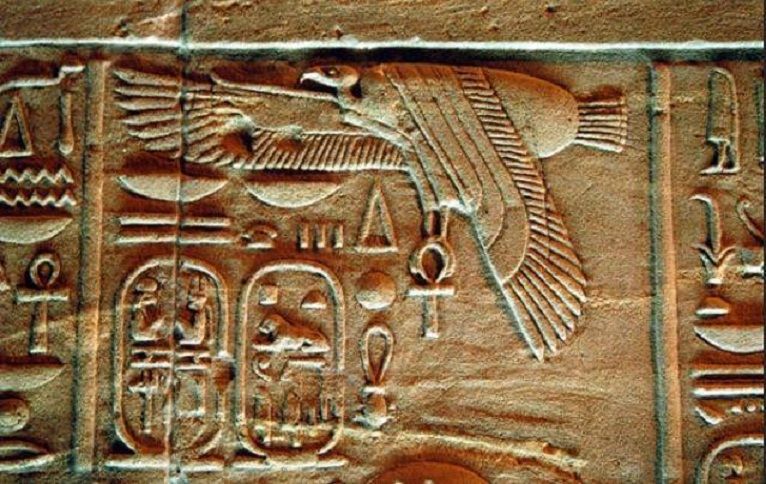 (31a) Nekhbet 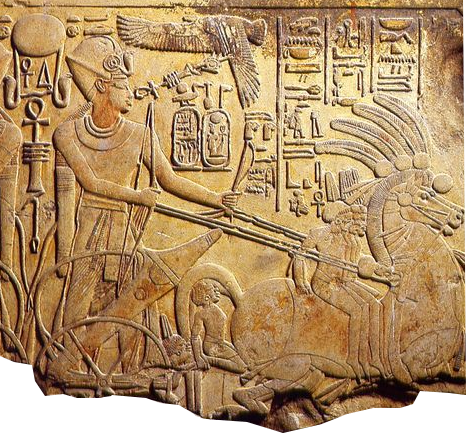 (31b) Relief of Amenhotep III in his chariot Nekhbet above Feeding the Ankh (37)https://www.medicalhistorytour.com/blog/2017/9/15/the-medical-papyrian-annotated-list |
Go Back to Page 153